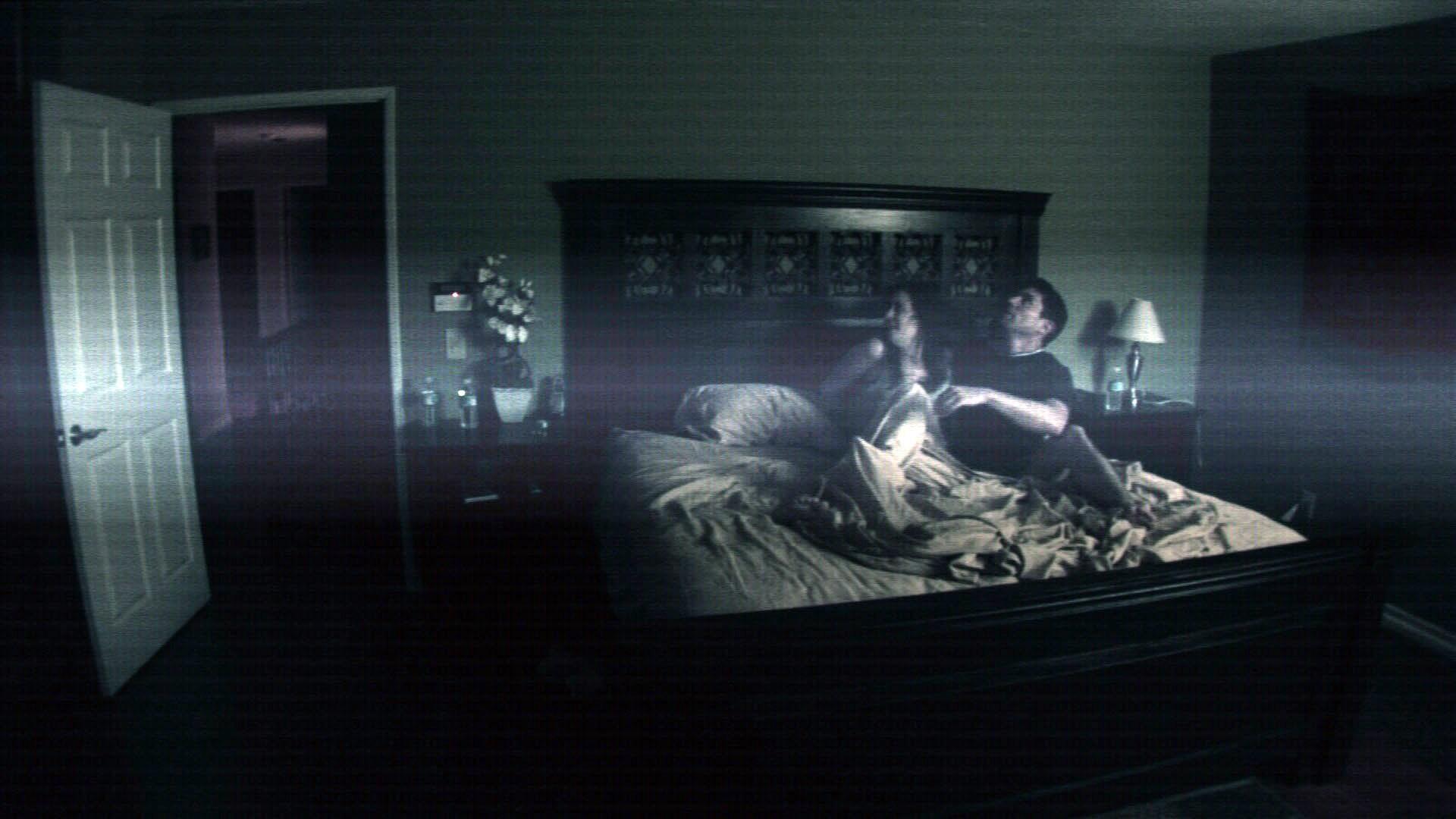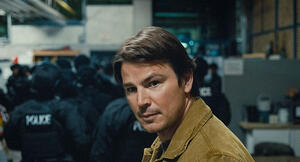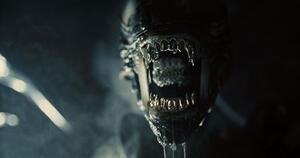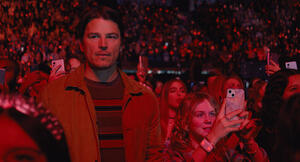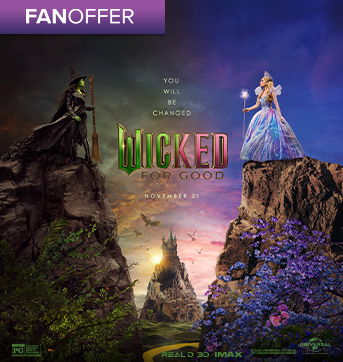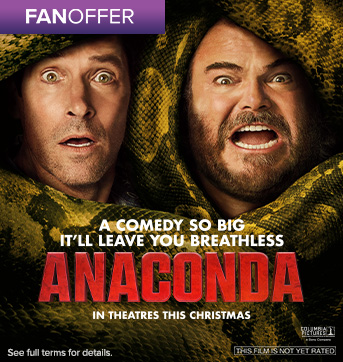
There is arguably nobody who knows and understands found-footage horror movies better than producer Jason Blum, who has been involved with more hits in the last few years than most in Hollywood manage in a lifetime. Blum doesn't exclusively make found-footage movies (he also produced Oscar winner Whiplash), but he's certainly fond of them considering he produced Paranormal Activity, The Bay, Creep, Mockingbird, Area 51, and Unfriended, just to name a few.
Blum's latest movie is Paranormal Activity: The Ghost Dimension (pictured above), opening this week, and he has no fewer than 11 projects in production (so far) for 2016. We spoke to the producer last summer before his found-footage movie The Gallows was released to figure out what key rules you need to follow in order to make a good found-footage movie. If you think it's as easy as grabbing a camera and asking some friends to act scared, think again.
Rule 1: The story cannot be told in any other way.
According to Blum, “If you can do it in a traditional way, you should not do it found footage.” This is both a budget issue and a story one. “On paper, found footage may sound cheaper, but to do it and make it good is way, way harder."
Sinister is actually a pretty good example of this principle in practice. It’s a movie about a guy who actually finds a bunch of footage, but the movie isn’t found footage because it simply wouldn’t make sense for Ethan Hawke’s character to set up cameras to film himself watching a bunch of footage. Sure, it’s odd to use a non-found-footage movie to prove his rule, but it’s appropriate proof of how you can’t just flip something to a found-footage format and hope the movie will still work.
Rule 2: The cameraman has to make sense.
In Blum’s own words, “It’s really hard to have an accurate DP.” And by that he means that a found-footage movie has to have a director of photography (a.k.a. a cameraman) who would have a reason to a) be filming the things they are, and b) be filming them in the exact method that they are.
The Bay, one of Blumhouse’s earlier movies, is a great example of the cameraman making sense. It’s about a small town getting infected by a parasite. That idea alone springs to mind a big-budget movie that requires a large ensemble cast and the ability to recreate an entire town that you can destroy. But, if you do it the way The Bay did and present it as being the re-creation of an event from the point of view of countless different video cameras in and around the city, you can create the illusion of having that bigger scale story while also keeping things small.
Rule 4: You must have a plan.
A certain amount of improv is inevitable if you’re asking your actors to be your cameraman, but according to Blum it’s a bad idea to just hand them a camera and ask them to figure it out. It’s fine to not have a traditional script, but, as he says, “You have to have an outline that’s pretty tight.”
A great example of this is The Blair Witch Project. Jason Blum didn’t produce what is widely considered the grandfather of modern found footage movies, but it has certainly influenced his own movies. And in Blair Witch, the filmmakers had a plan and fed the actors just enough information to make their reactions to scenes genuine. Had they just given three people cameras and asked them to act scared in the woods, we probably wouldn’t be talking about any of this right now.
Rule 5: Don’t shake the camera.
Sometimes the simplest rule is the most important. Or, as Blum bemoans, “Everyone who makes a found-footage movie the first time shakes the camera way too much.” Obviously you’ve got to have some intensity in the movie, and shaking is an easy way to add that, but you can only use it in small doses. It’s just too hard on an audience to ask them to watch something that’s constantly bobbing up and down and out of focus.
Looping back to the one movie that started all of this for Blum, Paranormal Activity takes the very smart approach of limiting how often it uses a handheld camera. Most of it is filmed from a stationary point of view, which not only adds to the tension, but it makes any moments where a character does pick up a camera all the more intense.
